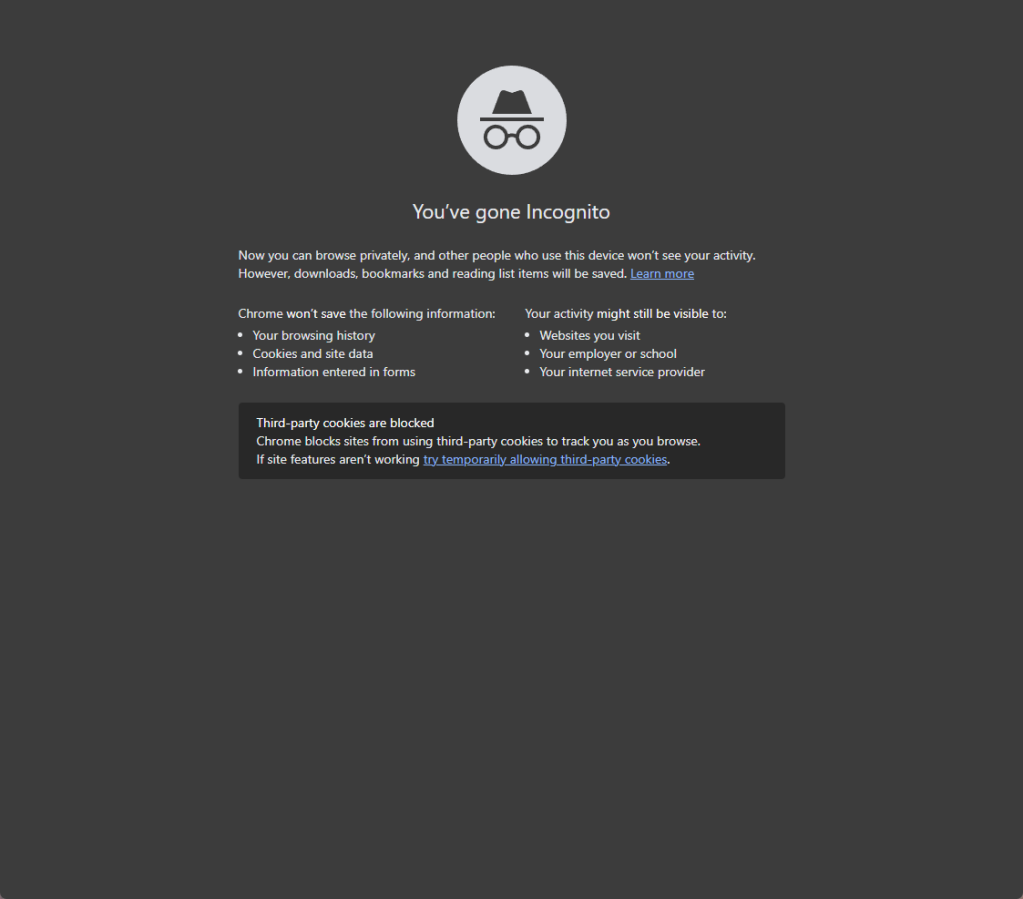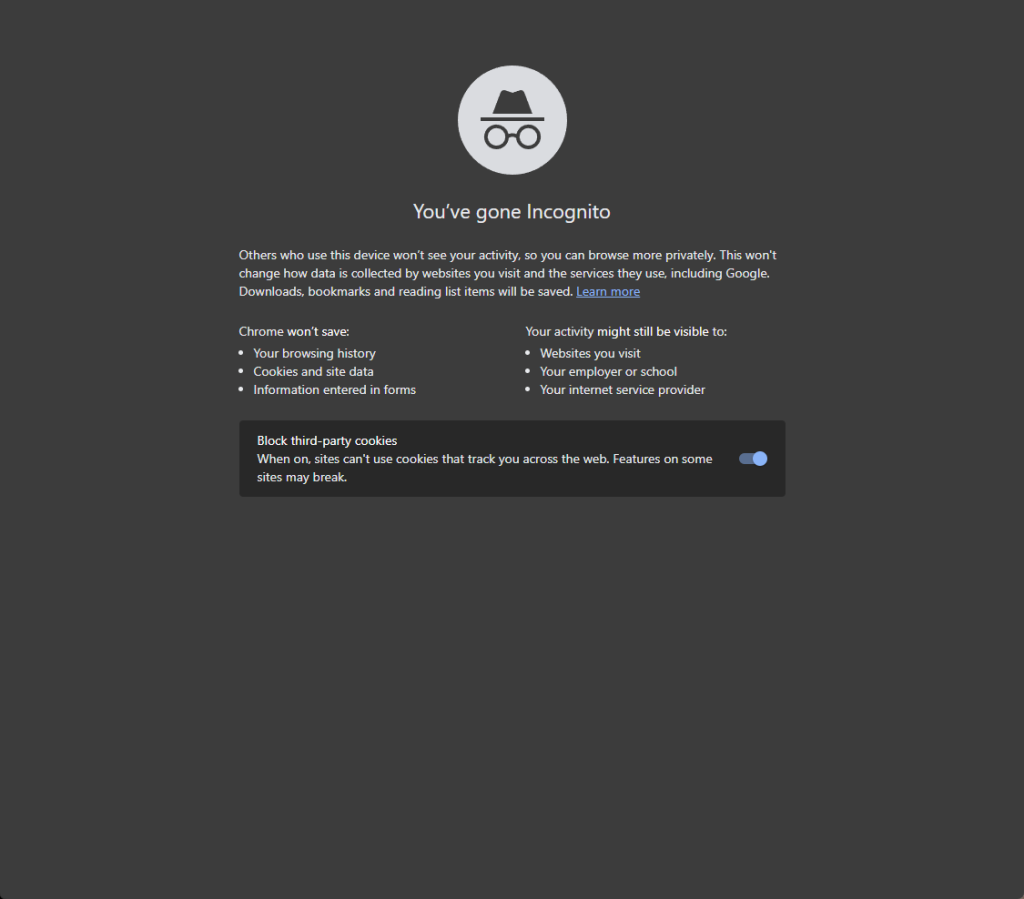
For the past few years a lawsuit has been hanging over Google’s head regarding Chrome’s Incognito mode. Recently, it was revealed that Google will settle the lawsuit, and now the Chrome browser is preparing a revised disclaimer as a result.
Google Chrome’s Incognito mode works like any other private browsing mode on modern browsers. When activated, the browser no longer saves any information to your local machine, and purges any browsing history or tracking data the moment you close it. However, for some the mode has been interpreted as a way to browse the web without any trace, whether that’s on your local machine or on the websites you’ve visited.
Chrome makes it rather clear that this isn’t the case each and every time you open a new Incognito window, saying in part:
Now you can browse privately, and other people who use this device won’t see your activity. However, downloads, bookmarks and reading list items will be saved. Learn more
The browser also outlines (pictured below) data that won’t be saved as well as who might be able to see data from your browsing activities, including “websites you visit, your employer or school, and your internet service provider.”
A lawsuit filed in 2020, though, alleged that this was misleading, particularly as Google didn’t make it clear that Google’s own websites can, and still will track users who have Incognito mode turned on. The lawsuit was seeking damages of around $5 billion, but Google has agreed to settle the case under still-undisclosed terms.
To avoid similar problems going forward, it seems the company is working on a new disclaimer on the Chrome Incognito page.
The change was spotted in the latest Chrome Canary release by MSPowerUser and now reads:
Others who use this device won’t see your activity, so you can browse more privately. This won’t change how data is collected by websites you visit and the services they use, including Google. Downloads, bookmarks and reading list items will be saved. Learn more
The specific line of “including Google” would seemingly solve the main issue of the lawsuit. The bullet points that follow after are left unchanged, though.


This isn’t the first time that Google has played around with revising this page. In 2021, the company tested a more drastic redesign that laid out “What Incognito does” and “What Incognito doesn’t do,” but which ultimately never rolled out to users.
The main difference this time around is that this updated disclaimer is widely available in Chrome Canary and enabled by default across desktop and mobile apps. That strongly implies that we’ll see this in the stable version of Chrome quite soon.
More on Google Chrome:
- Google wants to redesign the Chrome side panel [Gallery]
- Google is no longer bringing the full Chrome browser to Fuchsia
- Chrome for Android making it easier to Clear browsing data
Follow Ben: Twitter/X, Threads, Bluesky, and Instagram
FTC: We use income earning auto affiliate links. More.



Comments